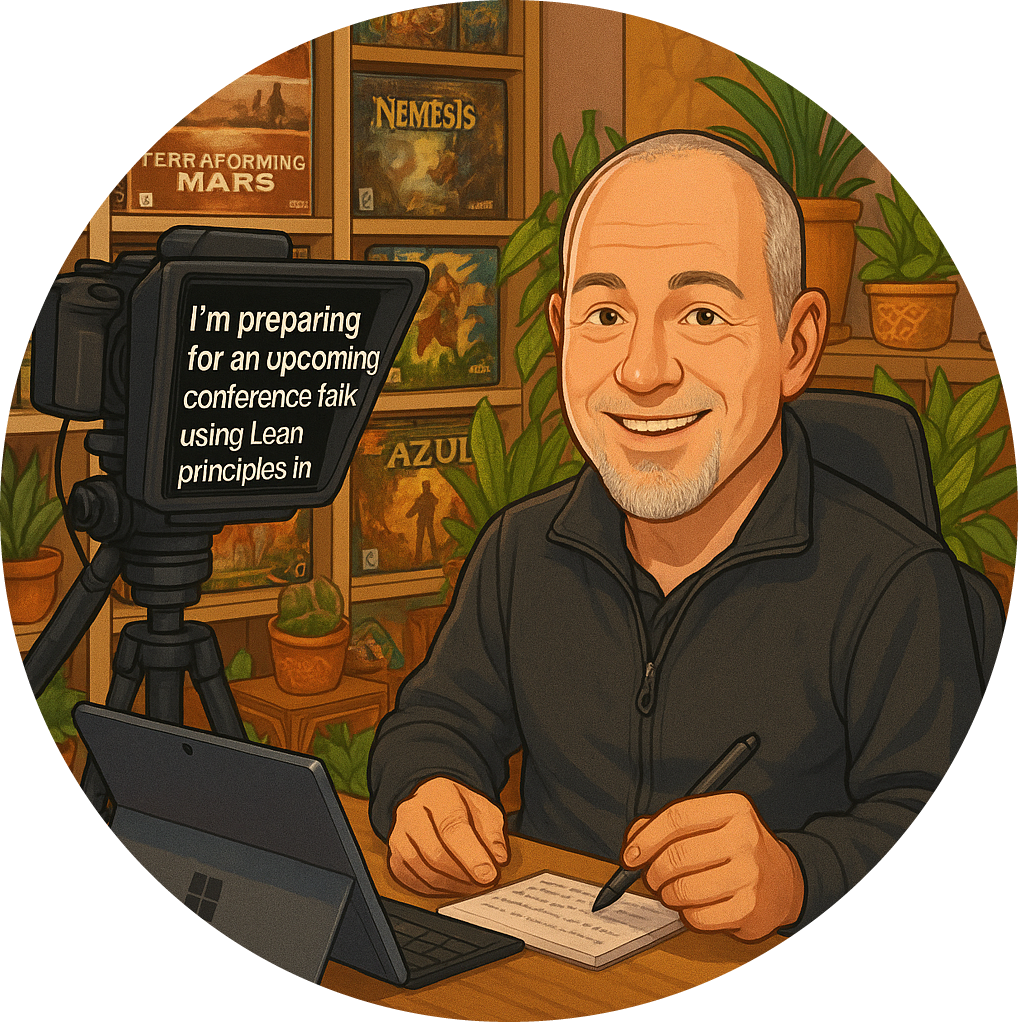Why do you think that 4 half days is a better format than 2 full days?
Unpacking the Benefits of Four Half-Days Over Two Full Days
Let’s start with one question I often get asked: “Why do you think that 4 half days is a better format than 2 full days? “🤔
So, let’s dive right in! 🚀
The idea that “four half days is a better format than two full days” for training courses revolves around how humans absorb and process information. Firstly, it’s related to how we, as humans, learn. Studies have shown that information absorption and retention improve when the learning is spread over a longer duration.
Secondly, it also aligns with the concept of flow efficiency , where we’re looking at the entire system or process (in this case, the learning process) and not just individual resources. In a training context, this approach values the optimal ‘flow’ of information and learning over the maximum ‘usage’ of the training time.
So, yes, in a way, the concept of “four half days being better than two full days” does align with the principles of resource efficiency (the effective use of time and learning experiences) and flow efficiency (the overall effectiveness of the learning process).
Understanding these two kinds of efficiency is more than just a geeky trivia night question. It’s like the secret cheat code 👨💻to boss-level Agile gaming. They’re not just dry theory - they’re the power-ups that boost your project management , product development , and service delivery to new high scores. 🎮
Today we’re going on a quest to unlock the secrets of resource and flow efficiency. We’ll delve into their unique attributes, roles in your operations, and why mastering both is like having an invincibility star in your Agile journey.
Let’s get this game started! 🕹️
Understanding the Human Brain and Learning Process
Our brains are incredible pieces of biological machinery, processing vast amounts of information every day. One metaphor I’ve always found intriguing likens our brains to intricate filing cabinets.
🗂️ During the day, we’re pulling out files, examining them, and leaving them strewn about. At night, our brain gets to work tidying up, refiling everything, and processing the day’s events. This is how we solidify knowledge and generate more questions.
Now, consider the dynamics of a full day training session. It’s essentially an information deluge, with concepts and ideas rushing at you for hours on end. While some people might thrive in this intense learning environment, it can also be overwhelming. Cognitive overload is a real concern, and it might lead to less effective learning overall.
On the contrary, four half-days offers more opportunities for this important “filing” process to occur. We’re allowing learners to absorb the content, reflect on it, and then revisit it the next day with fresh insights and questions.
The benefits of this approach include:
Better absorption of content 📚
Time to generate and explore new ideas 💡
Opportunities to reflect on and apply learning 💭
Exploring More Effective Training Formats
But wait - the learning evolution doesn’t stop here. ⏱️Despite the advantages of the four half-day format, it’s not the pinnacle of training design. Why? Because we’re still cramming everything into a single week.
To address this, we’re exploring other formats that could offer even more value. For instance, we’re introducing formats like four half-days spread over two weeks or even eight half days over eight weeks. This provides participants more flexibility and time to apply what they’ve learned in their real-world contexts before the next session.
Imagine this: At the end of each session, participants receive assignments to implement with their teams. The next session starts with a debrief of these assignments. It’s an iterative, continuous learning process that enhances understanding and boosts practical application.
The Value of Continuous Learning
This new approach emphasizes more learning loops. 🔄 Participants can try new things with their teams, gather feedback, and adjust accordingly - all while still in the learning process.
The goal here isn’t just to learn - it’s to learn, apply, adapt, and learn some more. That’s the heart of continuous improvement , after all.
In conclusion, I believe that a four half-days format is superior to two full days for a multitude of reasons. However, the evolution of training design doesn’t stop here, and I’m excited about the potential of new formats we’re exploring.
As a community of learners and leaders, I encourage you to reflect on this: How can we keep pushing the boundaries to create training environments that promote not just learning but effective application and continuous improvement? 💡
Don’t just stop at reading, put these insights into action!
Embrace the benefits of the four half-days approach, and join us as we explore the frontiers of innovative training formats to foster an environment of effective learning and continuous improvement.
Let’s redefine the learning landscape together! 💡🚀
Keywords: Keywords: Training Design, Continuous Learning, Four Half-Days,
Specific: #trainingdesign, #FlowEfficiency, #Optimization, #AgileProcesses
Hashtags:
#Agile, #AgileCoach, # Scrum , #ScrumMaster, #AgileCentre, #ProductOwner, #BusinessAnalyst, #AgileProjectManagement, #BusinessAgility, #ScrumTraining, #AgileProductDevelopment.





























